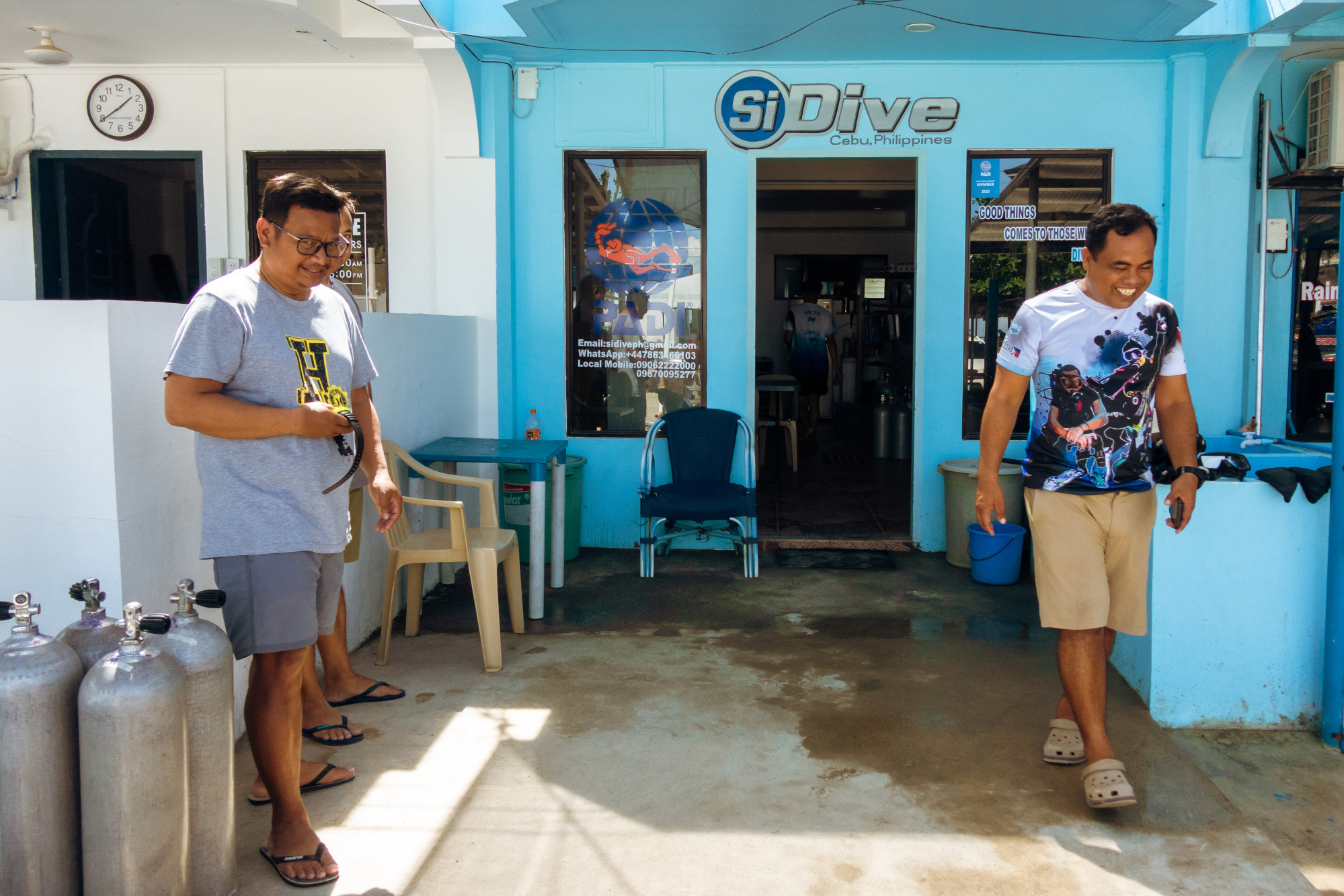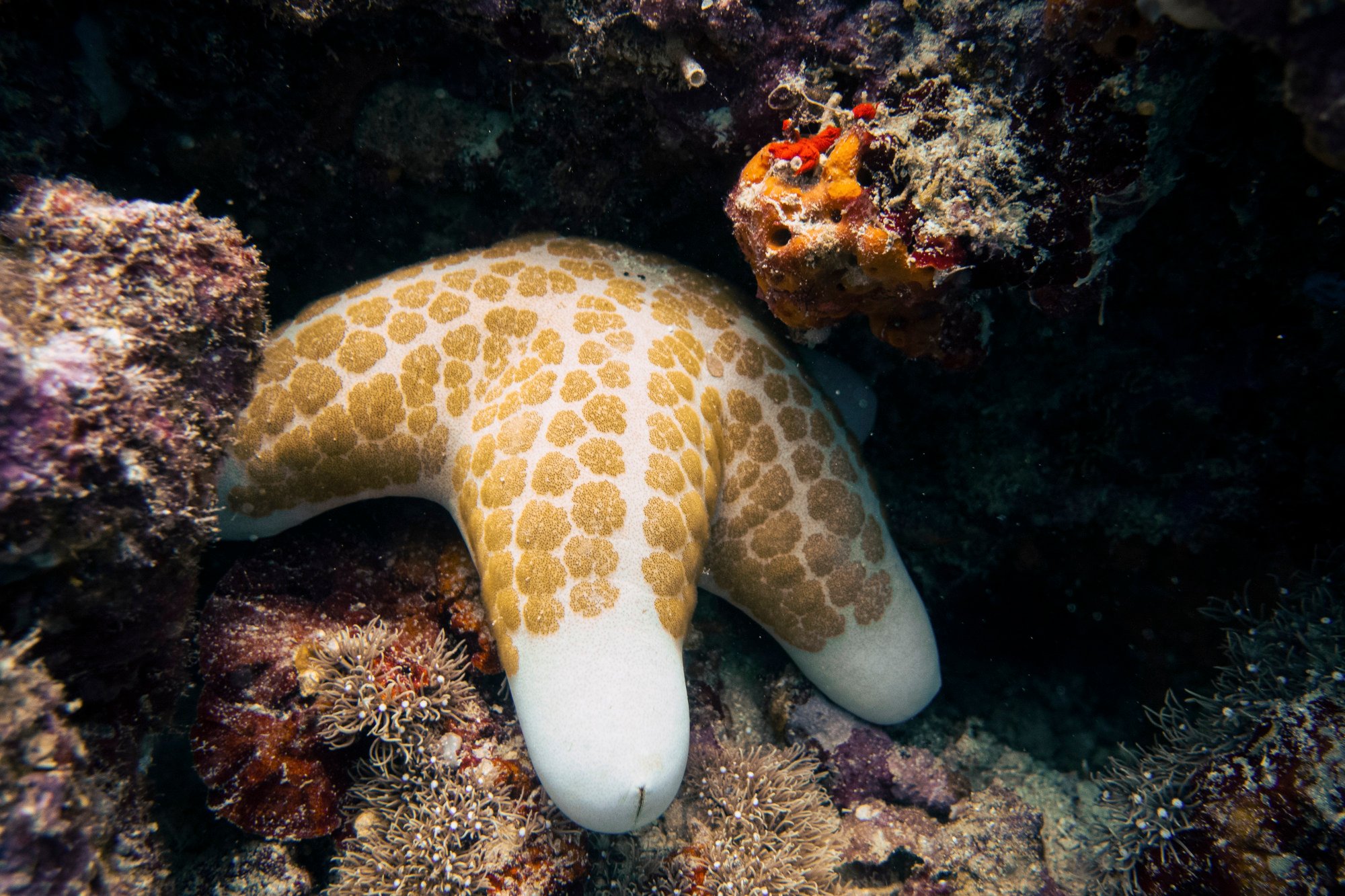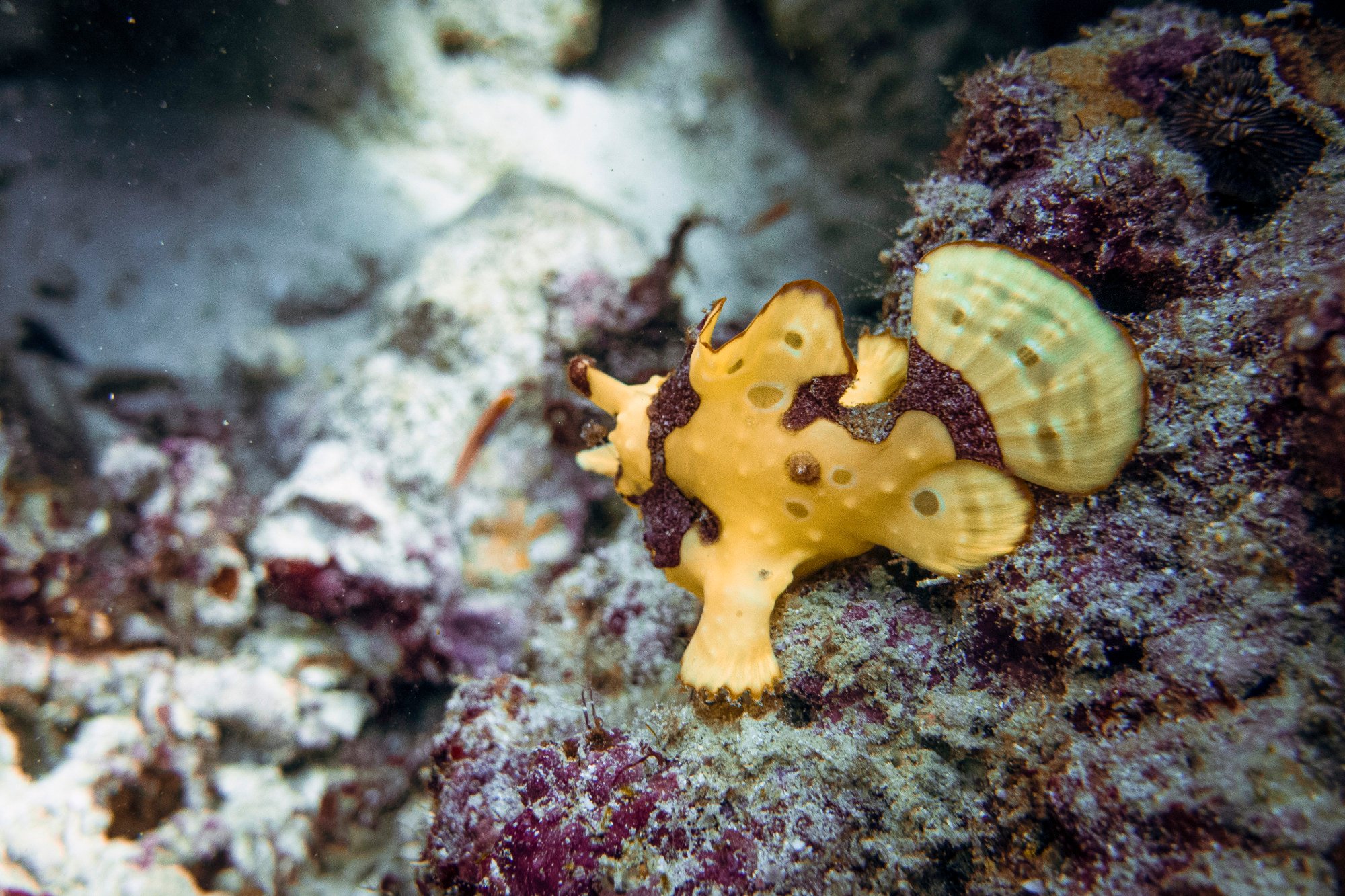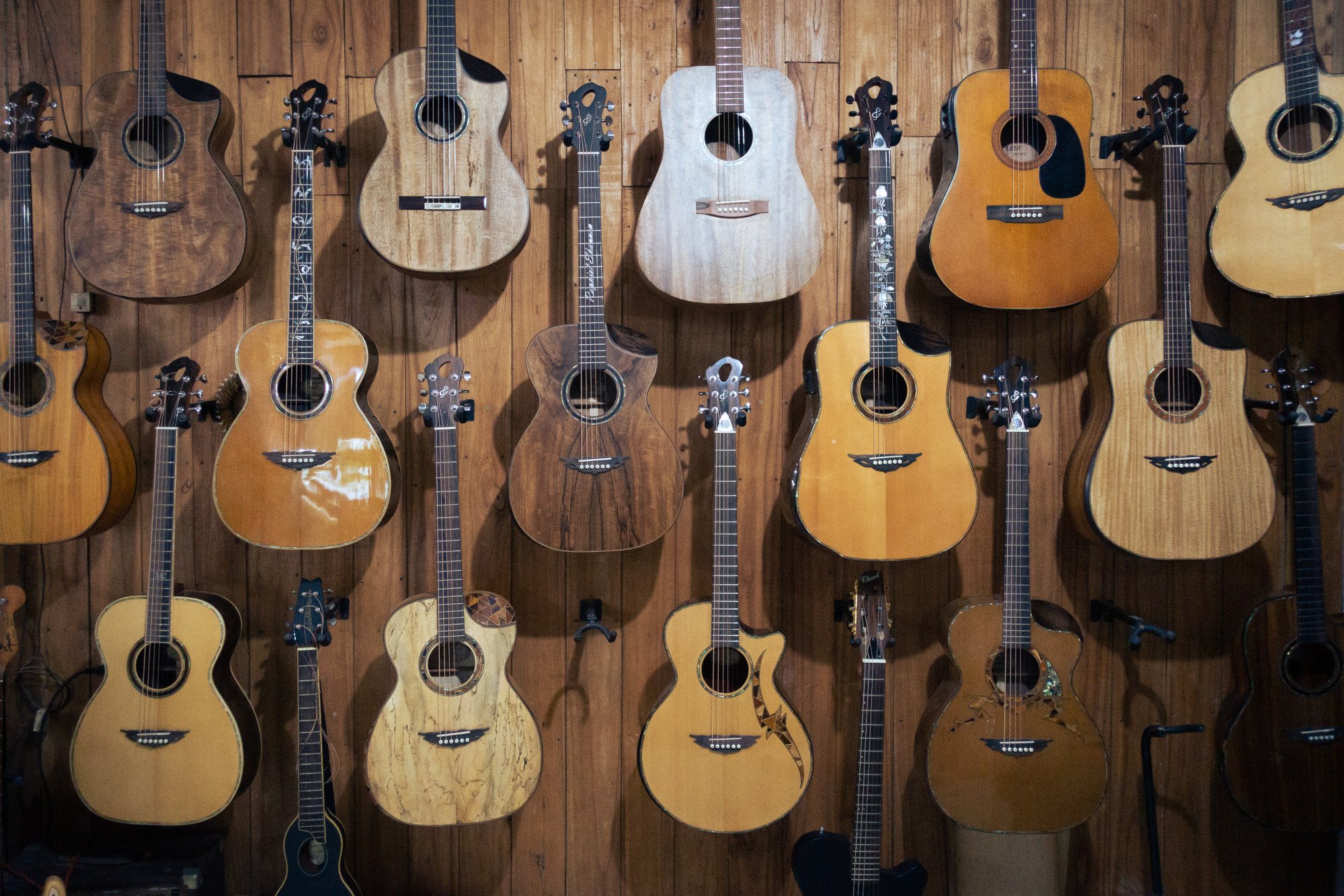
How Philippines diving hotspot Mactan island is a different place after a super typhoon hit in 2021, ripping up corals but introducing new marine life
- Kontiki reef off Mactan, near Cebu in the Philippines, was a great diving spot, blessed with mild weather, until a super typhoon hit in 2021
- Coral was torn off the reefs and the area devastated, but amazingly some new marine life showed up with the storm, including turtles
“Look, there’s a snake!”
Dive instructor Alfred Intong and I are standing waist-deep in the sea, having just clambered down the stairs at Kontiki Marina. Playing along with what I assume is a prank, I lower my face into the water – and start at the sight of a baby sea snake, dancing in the play of light on the surface.
Kontiki – a reef just off the Philippine island of Mactan, next to the much larger island of Cebu – is the dive site I know better than any other. And yet, I came originally by accident.
When backpacking through the Philippines in 2017, I had planned to learn to dive at Malapascua: an island off the northern tip of Cebu known for its thresher sharks. After landing at Mactan airport, however, reports emerged of a typhoon raging in the north; the hostel owner suggested I try the local dive shops instead. I reluctantly agreed – and never regretted it.

With an international airport so close by, the diving community at Mactan was incredibly diverse: held together by Filipinos but constantly refreshed by an influx of foreigners.
I became long-term friends with many of them – most of all with my dive instructor, Earl Vestil.
Mactan’s location – protected from southerly typhoons by the neighbouring island of Bohol – was central to its appeal. The weather is almost always mild, the reefs were unscathed.
And then, in December 2021, came a tragic anomaly: Super Typhoon Rai (known as Odette in the Philippines) barrelled over Bohol’s northern edge, hitting Mactan directly.
Kontiki was flattened, its dive boats destroyed and one instructor killed, carried off by the storm surge. Many Mactan families were without electricity or running water for weeks.
The reefs I remember are now flat and featureless; some soft corals have returned, but the hard corals – those that take centuries to grow – were ripped away.
Kontiki’s famous mechanical digger, placed in the bay to encourage coral growth, was found months later by technical divers; it had been dragged out to sea and was at a depth of 60 metres (197ft).
After such devastation, it would be understandable if divers turned away from Mactan – but there are almost as many as before, with numbers only slightly depressed post-pandemic. They’re turning up for lessons or discussing the day’s diving at the restaurant – once built from bamboo, now of more durable concrete.

It turns out that Typhoon Rai didn’t just rip up the corals – it transformed Mactan’s ecosystem.
“We have turtles now,” says Vestil, when I meet him at the SiDive Diving Centre, near the Kontiki Marina. “Three of them. We have no idea why, but they’ve stayed.”
Divers usually have to travel further from shore to see anything other than individual fish and corals, but Rai – for reasons no one can explain – blew a menagerie onto Mactan’s shores. As well as sea snakes and turtles, I see shoals of sardines: flowing, twisting and dissipating like melted solder.

“You don’t need to go to Moalboal any more!” says Intong, referring to the dive resort on Cebu’s western shore that is famous for its sardine runs. Since the typhoon, Intong has also seen whale sharks while on boat dives further out to sea.
Confused by all this change, I am relieved to find that Kontiki’s coral wall, at least, remains the same. About 50 metres from the shore, the seabed falls away at an angle of almost 90 degrees, which saved it from the storm surge.
As we descend, it forms into the alien landscapes I remember. Some hard corals stick out in finger- and brain-like protrusions, others cascade like spilled dinner plates.
Tiny, weird creatures inhabit this place: purple nudibranchs with neon spots, frilly yellow frogfish.


Dive here at night, and it gets weirder still: bioluminescent jellyfish, invisible by day, light up the ocean with flickering rainbow pixels.
Those with the time and money can hire a boat and explore underwater eco parks further afield, where the chance of seeing whale sharks has now greatly increased. There’s also the 30m-deep Marigondon Cave – technically a cavern.
It’s possible to spend weeks in the sea here – and many do – but it’s also worth exploring on land.
Lapu-Lapu City, which covers most of Mactan’s 65 sq km (25 square miles), is that rare thing: a seaside resort that has kept its soul. Well, mostly.
I take a short walk from SiDive to Pajac, one of the city’s most characterful streets. Roadside grills sweeten the air with the scent of marinated pork, mingling with the fumes from tricycles, the three-wheeled motorcycle cabs that are the main mode of transport here.
The afternoon crowds thin out as I walk northwest. This part of Pajac is known as Guitar Street, where dozens of traditional luthiers still operate.

“People want the local wood; they want the unique sound,” says Fernando Dagoc, who, with his wife, Angelita, manages Ferangeli: a guitar workshop that specialises in custom-made commissions, many for overseas buyers.
“Mango wood has a warm sound; jackfruit has a bright sound,” says Dagoc, pointing at a wall of guitars in unfamiliar colours. Most distinctive are the tamarind-wood guitars, parchment-white and scribbled with sepia stripes.
“When the typhoon blew over a lot of trees, we ended up with the wood,” says Dagoc’s daughter, Freschelle, as we step around a pile of acacia logs.
The workshop is fresh with the scent of sawdust and scattered with hand tools – there’s just one machine in the corner, for cutting.
The Dagoc family are not completely averse to technology, though. “After I graduate, I will stay on to help with marketing,” says Freschelle. “We used to depend on walk-in customers, but now we are expanding to an online e-business.”
Back among the resorts and malls of the ML Quezon National Highway – Lapu-Lapu’s main drag – modernisation has been more rapid, with the proliferation of Korean barbecue joints, K-beauty parlours and red crab restaurants.
This is the downside to airport-adjacency: mass tourism, particularly from South Korea, has business owners rushing to fill demand at the cost of Cebuano culture.
Better to stay off the highway and head to Kontiki Marina, its Buko Bar restaurant and its dive shops.

After each morning of diving, Vestil unwraps bags of lechon kawali (fried pork belly), barbecued chicken inasal, and “hanging rice” – a classic Cebuano snack of rice wrapped in coconut leaves.
The SiDive instructors know exactly where to source great Filipino cuisine on the cheap, and it’s the best food I eat during my stay.
Or perhaps, it’s simply that everything tastes better, post-dive.

